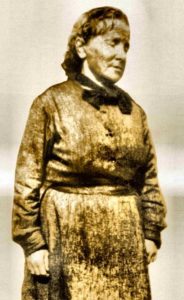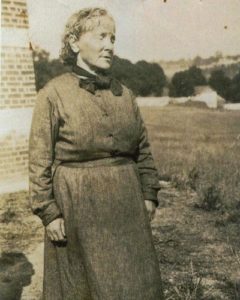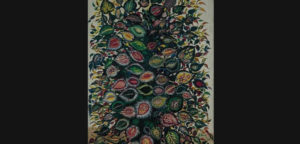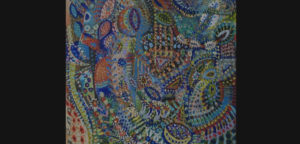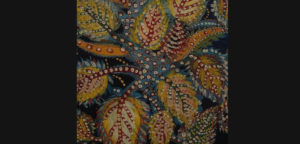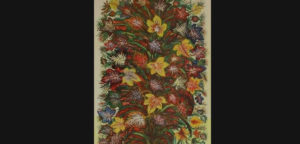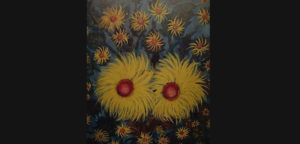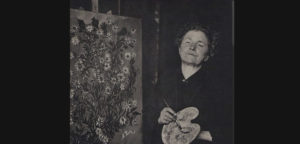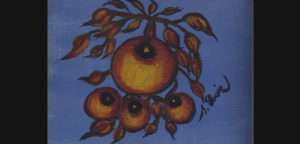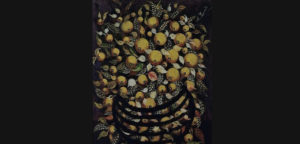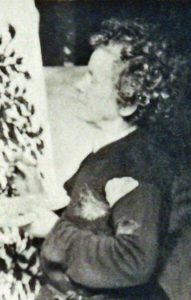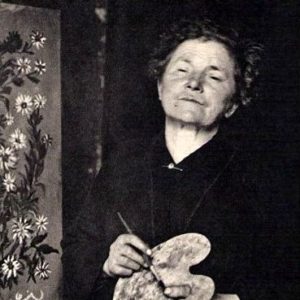She was born on September 3 in the village of Arsy of the small community of Oise, near Compiègne, into the family of a watchmaker and a peasant who died when she was born.
1864 - 1942
Seraphine Louis
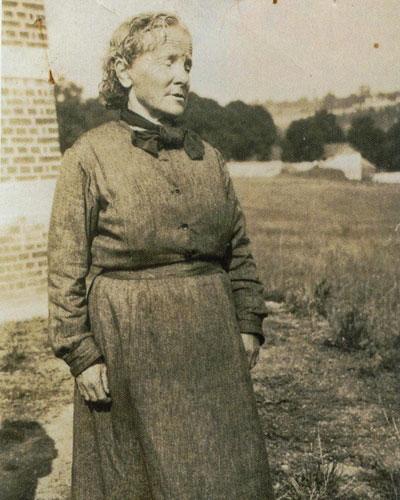
description
A French self-taught artist, a bright and extremely distinctive representative of Naïve art.
Seraphine’s works became a part of the “pure art” exhibitions in the 1920s in France and were also shown at many collective and personal exhibitions in Switzerland, Germany and the USA in 1945. A large collection of her works is in the A. Maillol Museum (Paris). An article about S. Louis is included in the extensive encyclopedia “Naive Art” (1984, a joint project between Yugoslavia and England). In 2008, the film “Seraphine” was presented in France; it received 7 prestigious Cesar Awards.
Key ideas:
– The works of Seraphine Louis, known as Séraphine of Senlis, are on the theme of nature: trees and fruits, flower panel compositions and bouquets. The self-taught artist and very pious village resident explained, “I do all this for the Virgin Mary, my still lifes are gifts of God and the Holy Mother, I see them when I sleep. This is how God comes to me; these are the fruits of paradise. This is how I see it”.
– It is quite fair to interpret repeating decorative elements, filling the entire canvas from edge to edge, full of color and light, as a reflection of the mental state, close to ecstasy, and sometimes equal to it. The bright radiant coloring of the paintings expresses delight. Also, the artist who did not reveal the secret of her palette created festive gamma not only with the help of professional paints, but also on the basis of Ripolin household white paint, which was revealed only after the expert review of the canvases. Having collected some more money, she used lacquer.
– Seraphine had a special compositional vision. Almost all her works contain a different order of objects in their lower fourth part. Fruits, leaves and flowers continue to flourish brightly below, while other elements – grass, darker leaves and roots – subconsciously invite you to the earthly world and even to the underworld, where everything is rooted or laid back.
– In the plots of the paintings, the most often object is a tree. It is a paradise tree, a tree of knowledge or a tree of life itself. Seraphine presents one of the most archaic in the folk art culture motifs as a spiritual and colorful living creature that can move its twigs and leaves. Her trees with fundamentally powerful trunks and lush crowns occupy the entire surface of the base. She adds shoots, feathers or flowers that resemble eyes to the real leaves and twigs.
– In the later period, when, as a result of complete impoverishment and shattered hopes for recognition and fame, the artist increasingly gained the signs of mental illness, her paintings became almost abstract, while the art itself became more painful and less accurate.
– Louis signed her works, scratching the name with a knife. The contrasting basis that appeared at the same time made it look like if she signed the work before drawing it.
1864
1871
1872 - 1900
1902
1906
1912
1927 - 1928
1929
1930
1932
1942
1945
2008
The birth of the artist
Having become an orphan
Having become an orphan, she was raised by her sister. She studied a little, worked as a cowgirl and as a maid.
Painted by candlelight at night
She worked as a maid and as a servant at the Sisters of Providence in the monastery of Clermont de l’Oz in Paris for twenty years. Painted by candlelight at night, usually inspired by the stained glass windows of the church or the popular prints of religious content.
Left the monastery
Left the monastery, already becoming an author of compositions with fabulous flora. Soon she started working as a cleaner in middle-class families in Senlis.
Purchased a house in Senlis
Purchased a house in Senlis, began to paint household items and furniture there; continued to work as a visiting servant, sometimes exchanging paintings for goods and products.
Wilhelm Uhde noticed the artistic talent of Seraphine
German critic and writer Wilhelm Uhde noticed the artistic talent of Seraphine, who at that time worked as a servant in his house. However, the outbreak of war then did not allow them to cooperate.
The artist presented 6 paintings at the exhibition
The artist presented 6 paintings at the exhibition of the Society of Art Friends in the Town Hall of Senlis. Uhde actively helped her. The canvas of the artist was bought by the German Municipal Museum of Kassel.
Success and prosperity came to the artist
W. Uhde organized an exhibition of the paintings by representatives of the “pure art” – artists of the “Sacred Heart”; success and prosperity came to the artist.
The Great Depression
The Great Depression destroyed the resources of Uhde and he could no longer buy paintings and support art. The artist unable to manage finances quickly became absolutely impoverished.
Stopped painting
Stopped painting. She was increasingly tormented by visions and persecution mania. Seraphine was sent to an orphanage for people with mental disorders.
Died during the Vichy regime
Died during the Vichy regime on December 11 in an extension of the psychiatric clinic Villers-sous-Erquery (Oise) because of lack of care and hunger (she wrote “I take herbs to eat”); was buried in a common grave.
The works of the artist were included in many collective and personal expositions
The works of the artist were included in many collective and personal expositions for display in France and Switzerland, Germany and the USA.
The significant personal exhibition of the works of Seraphine
A significant personal exhibition of the works of Seraphine was held at the Maillol museum.

